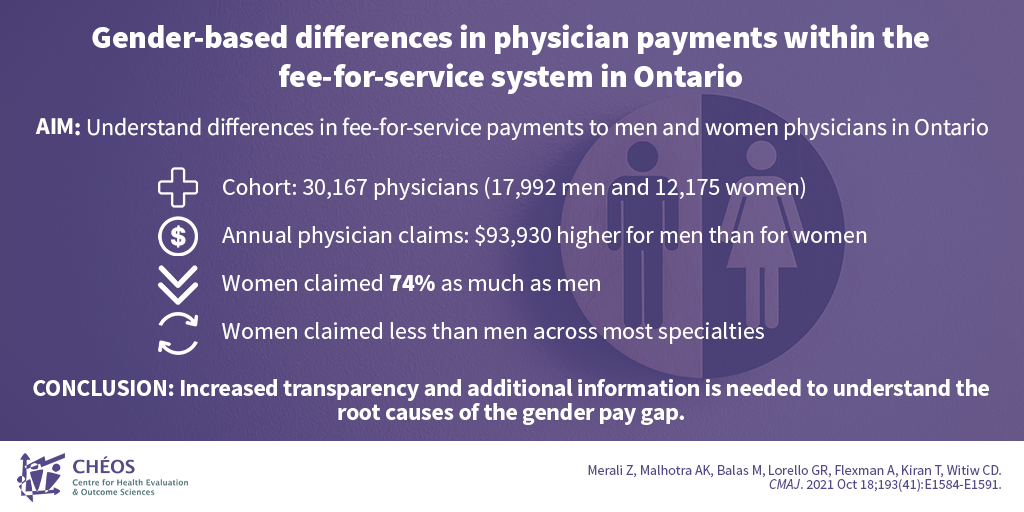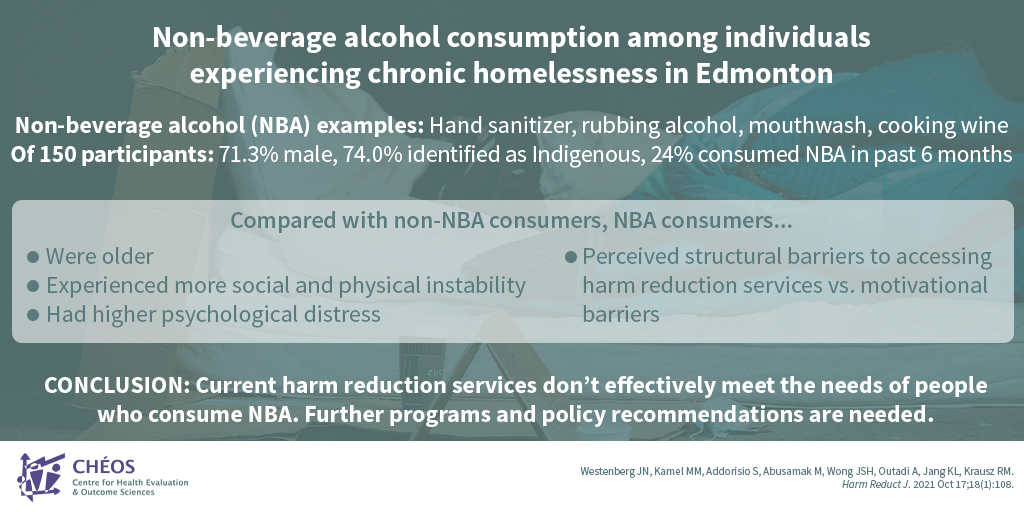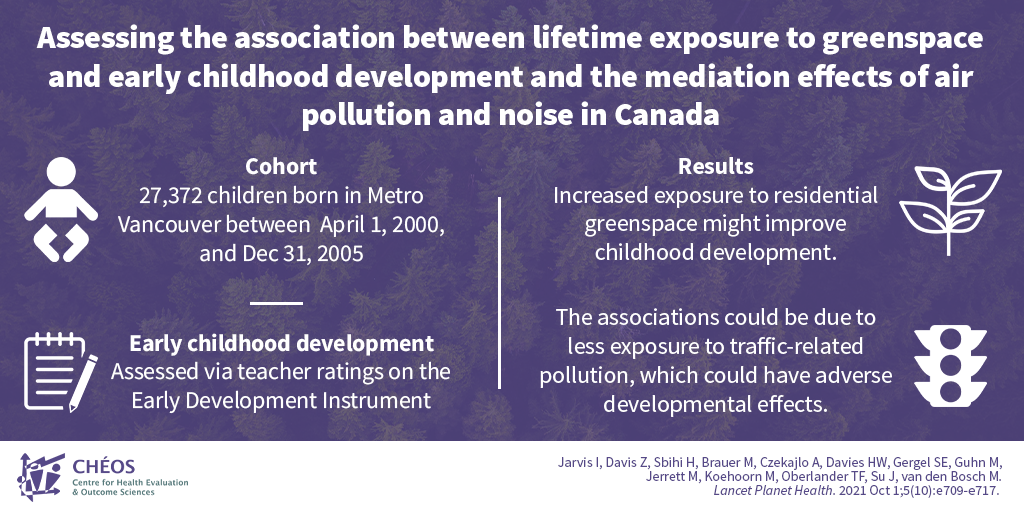The Evidence Speaks Series is a recurring feature highlighting the latest in CHÉOS research. This series features summaries of select publications and is designed to keep media and the research community up to date with CHÉOS’ current research results in the health outcomes field.
To ensure this research is quick and easy to share, we are now providing social cards that you are free to save and use as you see fit.
In 2017, physician payments to women were 74% of payments to men
Merali Z, Malhotra AK, Balas M, Lorello GR, Flexman A, Kiran T, Witiw CD. Gender-based differences in physician payments within the fee-for-service system in Ontario: a retrospective, cross-sectional study. CMAJ. 2021 Oct 18;193(41):E1584-91.
One of CHÉOS’ newest Scientists, Dr. Alana Flexman, worked with researchers from Toronto to understand the gender-based differences in fee-for-service payments to physicians in Ontario. Using data from the College of Physicians and Surgeons of Ontario registry, the group compared annual claims between women and men, controlling for specialty, career stage, and practice location. The results showed that, in 2017, physician payments to women were 74 per cent of payments to men, a pattern seen in almost all specialties. While this study had some limitations, including being unable to control for hours worked, the results call for increased transparency and highlight the need to collect additional information to clarify the causes of the gender pay gap.

—
More support is needed for people who consume non-beverage alcohol
Westenberg JN, Kamel MM, Addorisio S, Abusamak M, Wong JSH, Outadi A, Jang KL, Krausz RM. Non-beverage alcohol consumption among individuals experiencing chronic homelessness in Edmonton, Canada: a cross-sectional study. Harm Reduct J. 2021 Oct 17;18(1):108.
The negative effects of alcohol use disorder among people who are homeless are compounded by the use of non-beverage alcohol (NBA), such as hand sanitizer and mouthwash. CHÉOS Scientist Dr. Michael Krauszand colleagues recently conducted a survey with 150 people experiencing street homelessness in Edmonton to understand the patterns of alcohol use over the previous six months. The survey showed that approximately a quarter of participants had consumed NBA. Compared with non-NBA consumers, NBA consumers were older and had more psychological distress. They also perceived the barriers to meeting harm reduction services needs as structural, such as location and cost, whereas non-NBA consumers saw them as motivational, such as personal beliefs. The results highlight that current harm reduction services don’t effectively meet the needs of people who consume NBA and more work is needed to understand NBA consumption to support program development and policy recommendations.
This research was mentioned in a CBC News article about a new program to reduce NBA consumption among people experiencing homelessness.

—
Living in nature may improve early childhood development
Jarvis I, Davis Z, Sbihi H, Brauer M, Czekajlo A, Davies HW, Gergel SE, Guhn M, Jerrett M, Koehoorn M, Oberlander TF, Su J, van den Bosch M. Assessing the association between lifetime exposure to greenspace and early childhood development and the mediation effects of air pollution and noise in Canada: a population-based birth cohort study. Lancet Planet Health. 2021 Oct 1;5(10):e709-17.
CHÉOS Scientist Dr. Mieke Koehoorn was part of a team that analyzed data from 27,372 children born in Metro Vancouver to determine the association between lifetime exposure to greenspace and early childhood development, and whether this association is affected by traffic-related air and noise pollution. They estimated the amount of greenspace the children lived in and used data from the Early Development Instrument, a population-level tool that assesses children’s development in kindergarten, to assess early childhood development. The group noted that lifetime residential greenspace exposure may improve early childhood development by reducing exposure to traffic-related pollution, which can have adverse development effects. These results, combined with further research that replicates these findings, could help influence urban planning and green infrastructure interventions.




